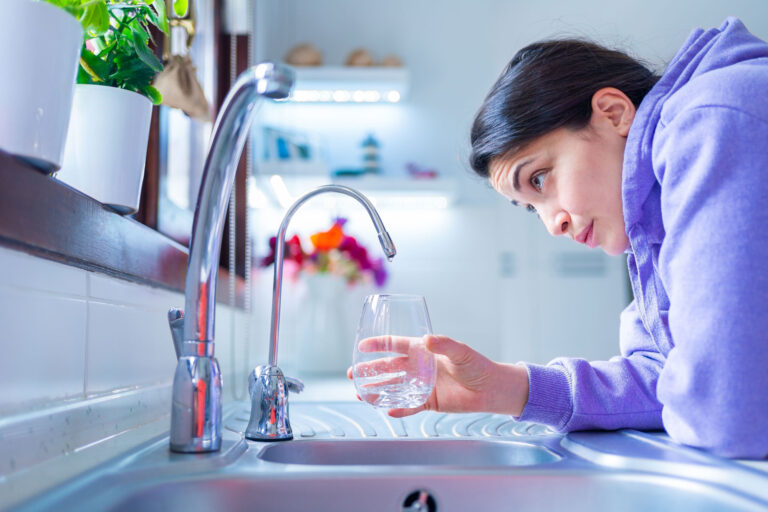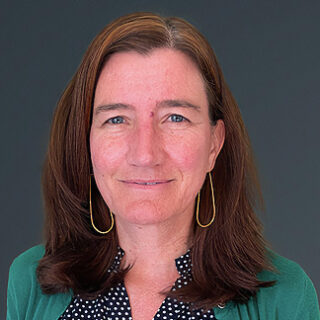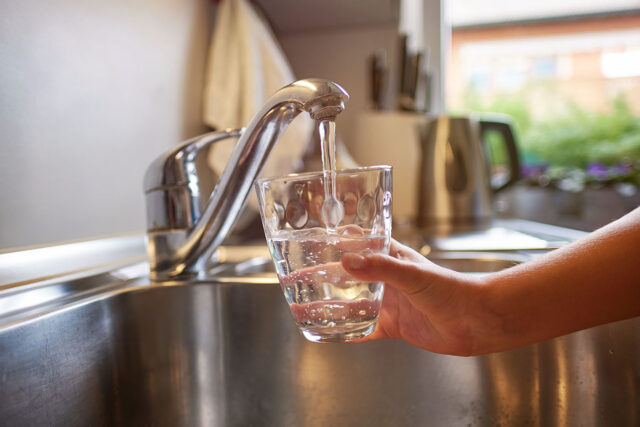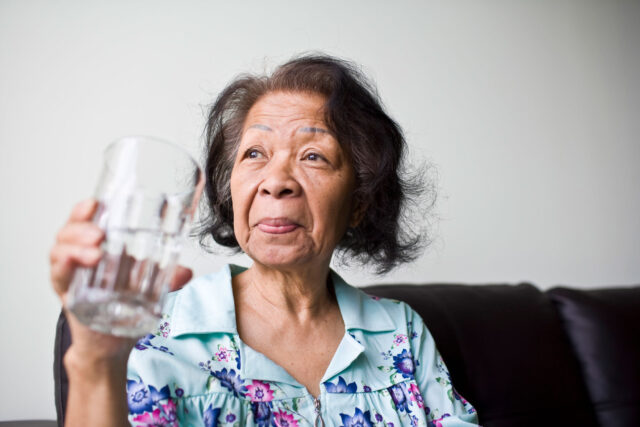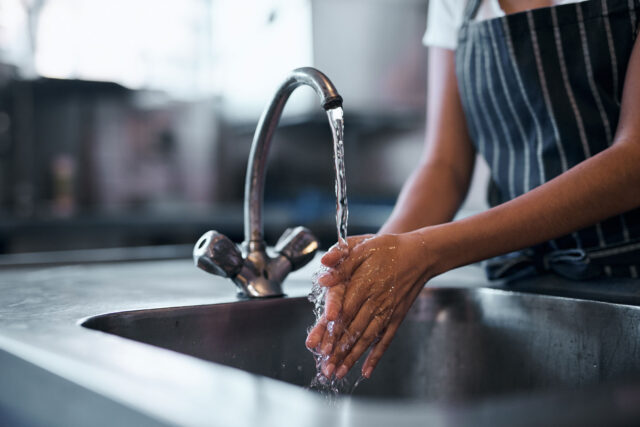Carlos Torres is a program specialist with the Low Income Household Water Assistance Program (LIHWAP), a new federal program administered by the Administration for Children and Families Office of Community Services (OCS), which provides funds to assist low-income households with water and wastewater bills. (Full disclosure: Carlos was previously the center administrator for the PPIC Water Policy Center.) We spoke to him about what it’s like working with the first-ever federal water assistance program.
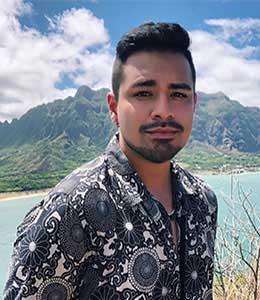
Tell us about LIHWAP. When did it start, and why is it necessary?
LIHWAP is an emergency water and wastewater assistance program that was authorized in response to the pandemic. It was allocated $1.1 billion for implementation, and that money is used to reduce rates and arrearages for low-income households. LIHWAP allows for full payments of past-due water bills to ensure continuing connection to services—and help with payment of current bills to eligible households. We’re talking, really, about keeping the water on. The program has been implemented in 49 states, Washington DC, Puerto Rico, US territories, and 96 tribes and tribal organizations. LIHWAP grant recipients started accepting applications starting in October 2021. So far, LIHWAP has helped over 162,000 households maintain affordable water service. Of those, 95,000 were households that had either been disconnected or were at risk of disconnection.
What’s the focus of your work with LIHWAP?
My focus is making sure grantees in the regions—designated officials with the state, tribe, or territory who decide who will run the program—have all the tools they need to execute the program. It’s inspiring to see how my work and that of other program specialists is helping families around the nation. I’m grateful and happy to be doing such impactful work.
The nation and territories are divided into various regions, and a total of five specialists handle the regions. I am the main point of contact for several states and many tribes, and I work with Puerto Rico as well, since I speak Spanish. That has really helped build good relationships. It’s an honor to be a voice in Spanish for the program—it’s such a useful language in this space, since a lot of grantees and community beneficiaries speak Spanish. Our program has even provided radio and TV ads in English and Spanish, which I was part of.
What are the challenges?
The biggest challenge has been ensuring that utilities who provide water and wastewater services are on board. We’re following the Low Income Heating Assistance Program (LIHEAP) model, an existing program that provides support to low-income households for their energy bills, but there are a lot more water utilities than energy utilities, and getting them on board has sometimes been a challenge. There are over 50,000 water utilities in the nation. Some feel that it’s not a permanent program, so why invest in it?
Another challenge is that some utilities have to change their billing systems. LIHWAP can only pay for water and wastewater, and some utilities have bundled bills that include water, energy, and trash, for instance. It varies from community to community, and it can create a lot of administrative work on their end. With every challenge, we try to provide training and technical assistance to help.
What have you learned about water affordability while working with LIHWAP?
We learned that a lot of communities are struggling with water affordability. The pandemic has had a disproportionate impact on some communities, so we’re really focused on how to promote environmental justice and racial equity.
What’s on the horizon with the program?
As of now, all LIHWAP federal funds must be spent by December 21, 2023. We’ve learned a tremendous amount about the communities we serve, and we hope our work provides critical data for long-term solutions. We just launched an amazing online dashboard that shows progress for every state, territory, and tribe. It tells you how much each grantee was awarded and how many benefits were given out. It’s a temporary program, but we’re trying to make the most of it by collecting data to highlight the need. It will be up to the government to decide what happens next.
